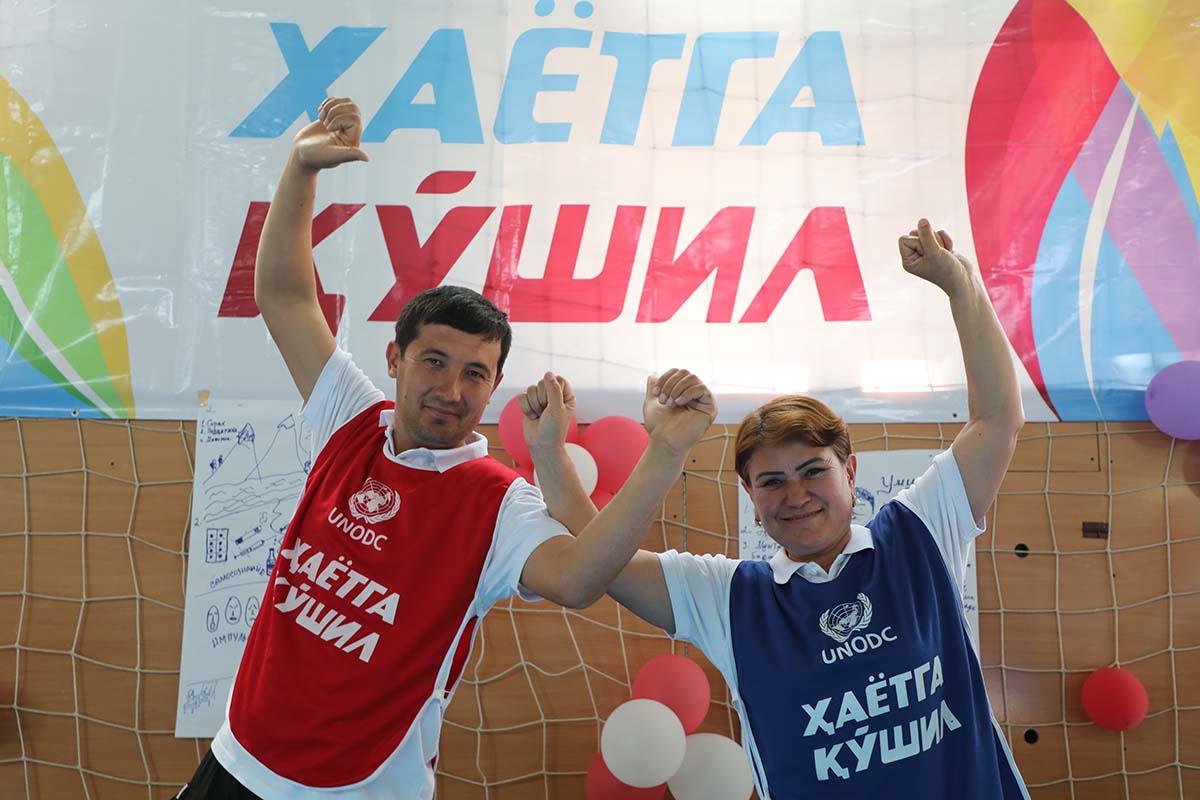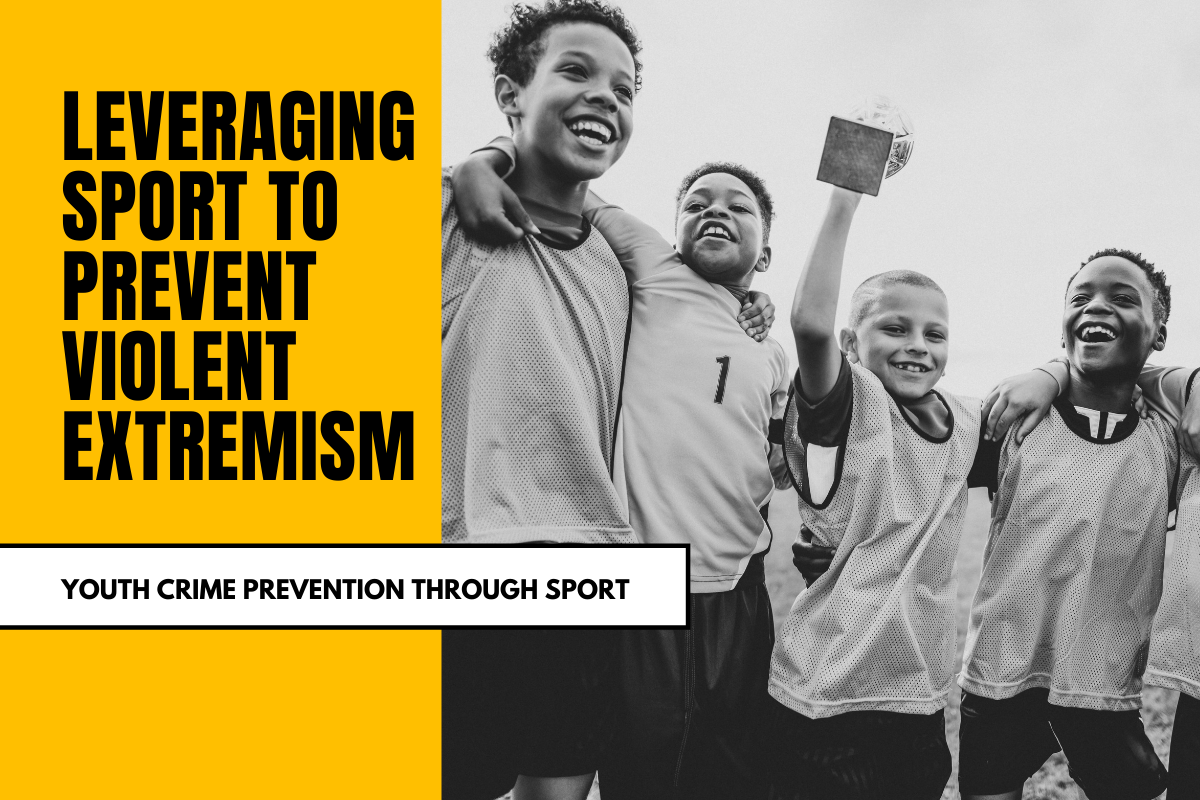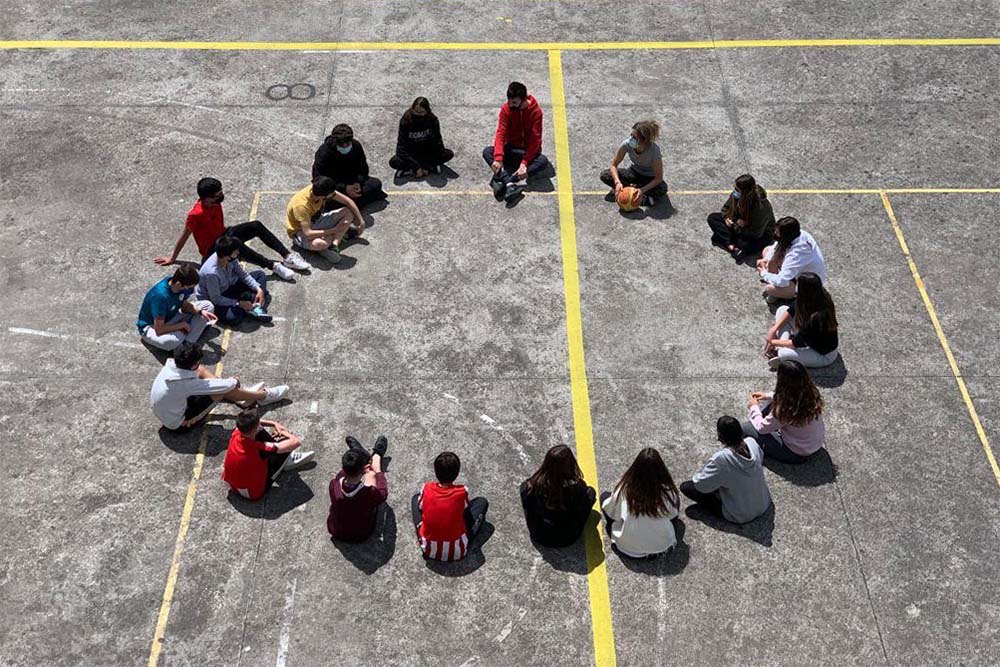Strengthening prevention efforts in addressing drivers of violent extremism and radicalization among young people, UNODC launches new Guide on Preventing Violent Extremism through Sport
02 July 2020 – Countries around the world are grappling with a surge in radicalization and violent extremism, which disproportionally affects young people. This trend is associated in part with the political and socioeconomic disaffection of young men, and increasingly young women, who join terrorist groups such as Boko Haram, Al-Shabaab and Islamic State in Iraq and the Levant; and with the far right, neo-fascist and white separatist movements gaining traction across western societies, including Europe and North America.
In looking at ways to address this, there has been growing understanding that security-based responses to violent extremism must be accompanied by a focus on more preventative efforts. The UN Plan of Action to Prevent Violent Extremism, for instance, places much importance upon the context and drivers – the ‘push’ and ‘pull’ factors – of violent extremism, together with the processes of radicalization. Lack of socio-economic opportunities; Marginalization and discrimination; Poor governance, violations of human rights and the rule of law; Prolonged and unresolved conflicts, are among the main identified drivers that are considered to be conducive to violent extremism.
Even before the COVID-19 outbreak that has proven detrimental and affects disproportionately the members of those social groups in the most vulnerable situations, one in five young people was not engaged in education, training or work, while one in four was affected by violence or conflict. Terrorist and extremist groups continue taking advantage of such hardships and vulnerabilities, as well as of young people’s anger, fear, despair and feelings of injustice, increasing the risk of radicalization and recruitment and exploitation by violent extremist groups. Engaging young people in vulnerable situations, addressing their needs and capitalizing on their potential as key agents of change have become integral parts of the global effort to prevent violent extremism.
Within this context, UNODC released today a valuable new tool to support global efforts in preventing violent extremism and inform policy and development and practice in this field. Recognizing the role of education and skills training as a vital resource in this area, it draws on the role of sport for peace and development and its potential as a tool for prevention of violence and crime to offer a space for learning, promote mutual understanding and a sense of belonging.
The newly released Technical Guide on Preventing Violent Extremism through Sport, developed in consultation with international experts and other UN entities including UNESCO and UNDESA, provides comprehensive guidance on how sport and sport-based programmes can be effectively used to prevent violent extremism and form part of comprehensive responses and interventions that aim to engage young people. It provides practical guidance on policy development, programme design, implementation, monitoring and evaluation of sport-based interventions and tips for facilitators and other practitioners. Interwoven through the Guide are five areas of intervention considered key to predict youth resilience and empowerment through sport: safe spaces, social inclusion, empowerment, education and resilience.
The Guide is the latest in a range of tools developed by UNODC as part of the Doha Declaration Global Programme, aimed at fostering the use of sport and sport-based learning for youth crime and violence prevention. To mark its release, a virtual event was held today with the participation of over 250 Government representatives, experts, and practitioners from all around the world. Further guidance for sport coaches and trainers and an e-learning course on sport and the prevention of violent extremism, will be published later this year.
Additional information:
Youth Crime Prevention through Sports
Related Publications


